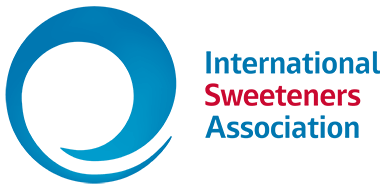Abstract
After enforcement of a new food labeling law in 2016, Chile exhibits a greater offer to reduced sugar products with addition of non-nutritive sweeteners (NNS). Many of these products are consumed by children, who are at greater risk of reaching the acceptable daily intake (ADI) of these food additives. The objective of this study was to evaluate the intake levels of NNS in Chilean schoolchildren after the enactment of the aforementioned law. A total of 250 Chilean children 6–12 years old were surveyed. NNS intake was assessed through a food frequency questionnaire. All children evaluated consumed at least one NNS during the previous month. Sucralose had the highest consumption frequency reaching 99.2%, followed by acesulfame-K (92.8%), stevia (86.0%), and aspartame (85.2%). Aspartame showed the highest median intake, which came mainly from beverages (96%). No children exceeded the ADI of any NNS. Smaller children exhibited a higher body weight-adjusted intake of sucralose, acesulfame-K, stevia, and aspartame (p < 0.05). In Chile, a wide range of processed foods with NNSs is available and all schoolchildren evaluated consumed at least one product containing NNS. However, this consumption does not exceed defined ADIs for any of the six sweeteners authorized for food use in Chile.
Summary
With rising rates of obesity among children in the country, and following recommendations by public health authorities to reduce excessive sugar consumption, Chile has adopted several measures to help create healthier food environments. Further to these regulatory changes, Chilean food and drink companies reformulated their products, including in their portfolio alternatives with low/no calorie sweeteners to provide sweet taste but with reduced sugar and calorie content. Accordingly, the availability of products with low/no calorie sweeteners on the Chilean market increased.
This study, conducted on 250 children aged 6 to 12 years living in the city of Santiago, aimed at assessing children’s intake of low/no calorie sweeteners approved for use in Chile (saccharin, acesulfame-K, cyclamate, aspartame, sucralose, and stevia). All children surveyed consumed some type of low/no calorie sweeteners provided by beverages, dairy products, or other processed foods. The study reports that the consumption by children of each low/no calorie sweetener considered was below the Acceptable Daily Intake (ADI, the amount of low/no calorie sweetener that can be consumed over a lifetime without appreciable health risk).

